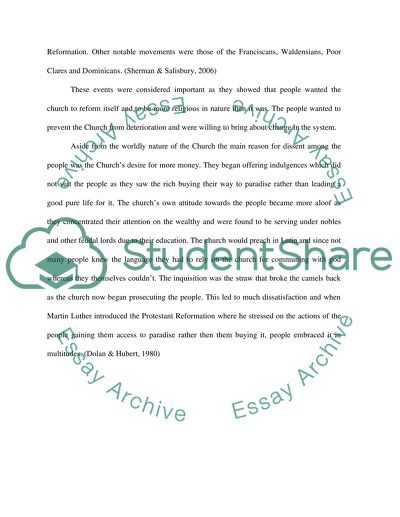Cite this document
(The Role of the Church and Religion in Medieval Life Assignment, n.d.)
The Role of the Church and Religion in Medieval Life Assignment. https://studentshare.org/history/1514392-course-work
The Role of the Church and Religion in Medieval Life Assignment. https://studentshare.org/history/1514392-course-work
(The Role of the Church and Religion in Medieval Life Assignment)
The Role of the Church and Religion in Medieval Life Assignment. https://studentshare.org/history/1514392-course-work.
The Role of the Church and Religion in Medieval Life Assignment. https://studentshare.org/history/1514392-course-work.
“The Role of the Church and Religion in Medieval Life Assignment”. https://studentshare.org/history/1514392-course-work.


